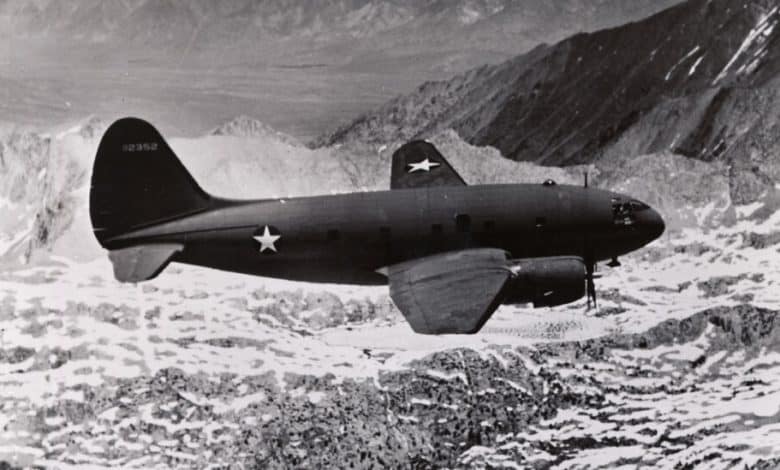The Scrappy World War II Pilots Who Took Flight for a Perilous Mission

SKIES OF THUNDER: The Deadly World War II Mission Over the Roof of the World, by Caroline Alexander
“You and your outfit have been assigned one of the most important military missions ever given to American soldiers — the task of driving the Japanese back to Tokyo.”
So begins “A Pocket Guide to India,” prepared for World War II service members in the western base section of the China-Burma-India Theater, commonly known as the C.B.I. “India is a strange, colorful land,” the guide continues. “If you exercise a normal amount of curiosity you’ll learn much that is fascinating; much that will enable you to begin stories to your children or grandchildren in later years, ‘Now, when I was in India. …’”
If the guide seems to protest too much, perhaps that’s because the C.B.I. was, as Caroline Alexander explains in her riveting new book, “Skies of Thunder,” under-resourced, improvisational and rife with smugglers, its actual purpose murkier than its symbolic value. It was the war’s “most chaotic theater,” she writes, marked by “competing interests, and contradictions that exposed the fault lines between the Allies.” To some stationed there, C.B.I. stood for “Confusion Beyond Imagination.”
My father, who served as an air traffic controller in the C.B.I., didn’t recall reading the “Pocket Guide,” but he did tell me stories of working in Delhi and Agra, a vital supply depot and service point, and traveling to various locations to lay radio-range beacons. The main point of these activities, he explained, was to enable pilots to fly supplies over the Himalayas to China. While it was always easy for me to picture my father in his control tower, those flights over the mountains remained mysterious until I read Alexander’s vivid account.
Alexander, the author of books on Shackleton’s Endurance expedition and the fateful voyage of the Bounty, begins with the Allied loss of Burma to the Japanese in April 1942, which sealed off the ground supply corridor from India to China and led to the opening of an “aerial Burma Road.” This treacherous route, known as “the Hump,” supplied Chiang Kai-shek’s Nationalist government and Allied troops, including the 14th Air Force, commanded by the flamboyant Claire Chennault.
